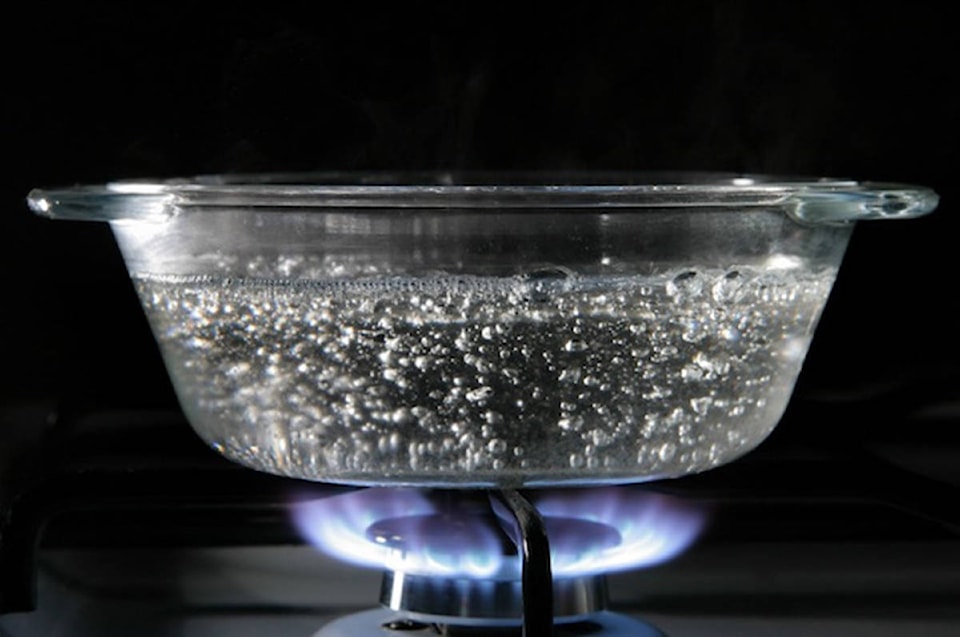The regional district may never know exactly why E.coli was found in the water system May 31, prompting another ‘boil water’ advisory.
But they have a good idea, or at least an educated guess – sampling or laboratory error.
Mike Herschmiller, manager of water services for the CVRD, told the water committee last week that the previous nine boil water advisories were caused by “turbidity”.
He said water system staff inspected the reservoir and the chlorination process. Neither revealed any failures or potential problems.
Sometimes isolated contamination in the reservoir, for example a rodent or raccoon getting in through a broken screen on a vent, could be a cause.
Sometimes, a disinfection failure from equipment breakdowns, or a bacterial load in the water that ate up all the chlorination could be another cause.
With both of those possible causes ruled out, Herschmiller said sampling or test procedures likely resulted in the contamination. Or there was a sample mix-up or mislabelling.
He said to reduce the likelihood of a boil water notice of this type in the future, the use of disinfectant wipes to wipe down sampling stations prior to sample collection will be implemented.
And staff is also considering a change in laboratories, from the lower mainland to the Comox Valley, to improve response time from 48 to 24 hours.
“If we use the local lab, which is accredited, we would know about it 24 hours earlier,” he said.
Comox director Ken Grant said people seem to be just ignoring ‘boil water’ advisories.
“This E.coli kind of caught my attention. I was in Ottawa at the time and got 9 or 10 texts asking ‘is this serious?’ This is just a real indication that people just get immune to it,” he said.
Area C director Edwin Grieve said “what we’ve seen is hysteria over glacial clay in the water … then something real comes along. They’ve played around with the turbidity, as if it was an actual health hazard. Maybe they could have a brown alert, or a red alert when we actually see pathogens.
“Crying wolf is exactly what we’ve been doing,” Grieve added.
Courtenay director Erik Eriksson said the E.coli notice was an “isolated incident.”
“This should almost be ignored … and it wasn’t the turbidity that was hiding this coliform,” he said, adding that the committee should be looking at whether “blowing $110 million on a water filtration system” was the way to go.
Herschmiller said the new filtration plant would eliminate turbidity, and the water quality coming out of the filtration plant will be far superior with a better ability to disinfect further as it’s going down the line. You’re definitely eliminating one of the potentials for contamination, he said.



